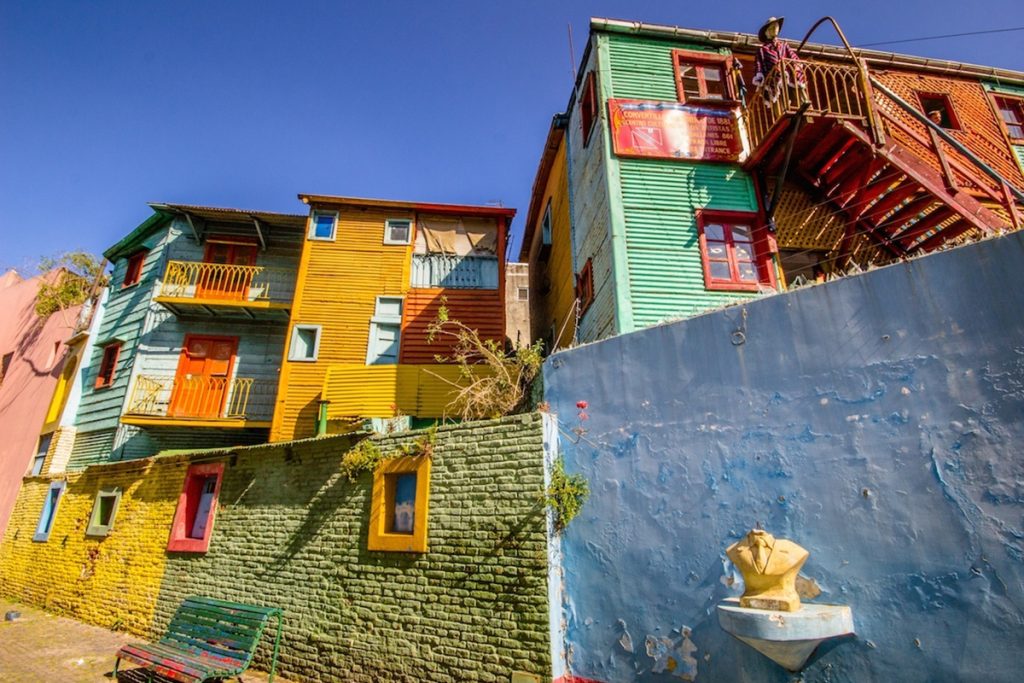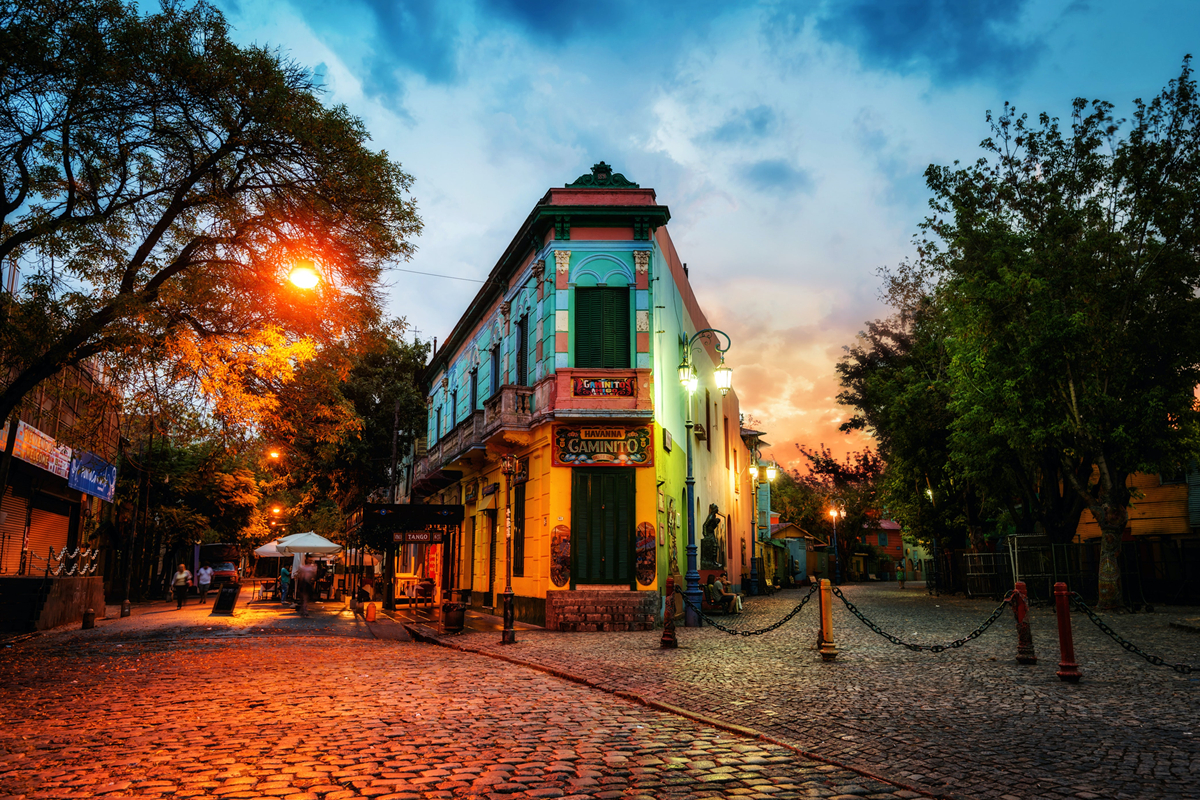We may earn money or products from the companies mentioned in this post.
La Boca is an iconic neighborhood in Buenos Aires, Argentina. It’s known as the soul of the city, its bohemia, and its heart. The area is a must-visit for any traveler to the city. It’s known for its colorful houses, cobblestone streets, bars, and restaurants. La Boca’s architecture and street art are a testament to the area’s history and its dynamic culture.
La Boca is a peninsula that juts out into the Argentine capital. A canal separates it from the rest of the city. It was once a working-class neighborhood but has flourished into an upper-class neighborhood. It’s a mix of old and new, with beautiful homes and modern buildings. Read on to learn more about the history and culture of the neighborhood.
La Boca is located at the end of the city’s train line, so it wasn’t easy to reach until 1913. The neighborhood was named after the Boca del Río district in Buenos Aires, which means “mouth of the river.”
La Boca has two parts: barrio Chueca (above) and barrio Flores (below). The Chueca neighborhood is where most tourists want to visit. It has more cafes and restaurants, as well as more modern architecture. The area is known for its street art and colorful old buildings. Recently, the Chueca neighborhood has been gentrified, with high-end stores popping up along its cobblestone streets. Many bars are found here as well. However, many of them are frequented by artists from all over the world. Read on for more about what makes La Boca so unique!
La Boca got its bohemian spirit from a mix of immigrants and residents who wanted to live there due to its proximity to Buenos Aires’ airport, Port of La Plata, and financial districts. This mix of residents created a unique culture that influenced their homes and public spaces. Many families lasted here for generations because they were able to make money from their craft skills or from bars that they owned or managed. Since these families lived in these homes, they could leave all sorts of exciting items around which visitors could learn about their lives: porcelain in some houses; books or other objects, like artwork, in others.

Hi~Living Deals from "Nolah Mattress"

